Hometown mountains that you can enjoy in any way you wish
“There are many places in other parts of Japan with Insta-gramablemountain ranges, but there aren’t many places like that in Shizuoka. I climb mountains here with a feeling of ease, it feels like being at home.” Shogo Mochizuki, a trail runner born and raised in Shizuoka City, explains to us what he finds charming and unique about the mountains of Shizuoka.
For people living outside of Shizuoka, the prefecture is not well-known for its mountains beyond that of Mt. Fuji. However, Shizuoka City is surrounded by mountains and hills that are perfect for hiking and trail running. This time, after a quick consultation with Mochizuki, we headed to Mankanho, a mountain that even beginner hiking can climb, given a bit of effort.
We began our hike from the Ijiri trailhead on the Mariko side, passing Onoyakushiji Temple and Chousen Rock on the way to the summit, and descended to Hanazawa no Sato in Yaizu. The hike began with a sprinkle of light rain. We were accompanied by Toru Ueda of blooper backpacks, who has been personally making Mochizuki’s backpacks since 2016.
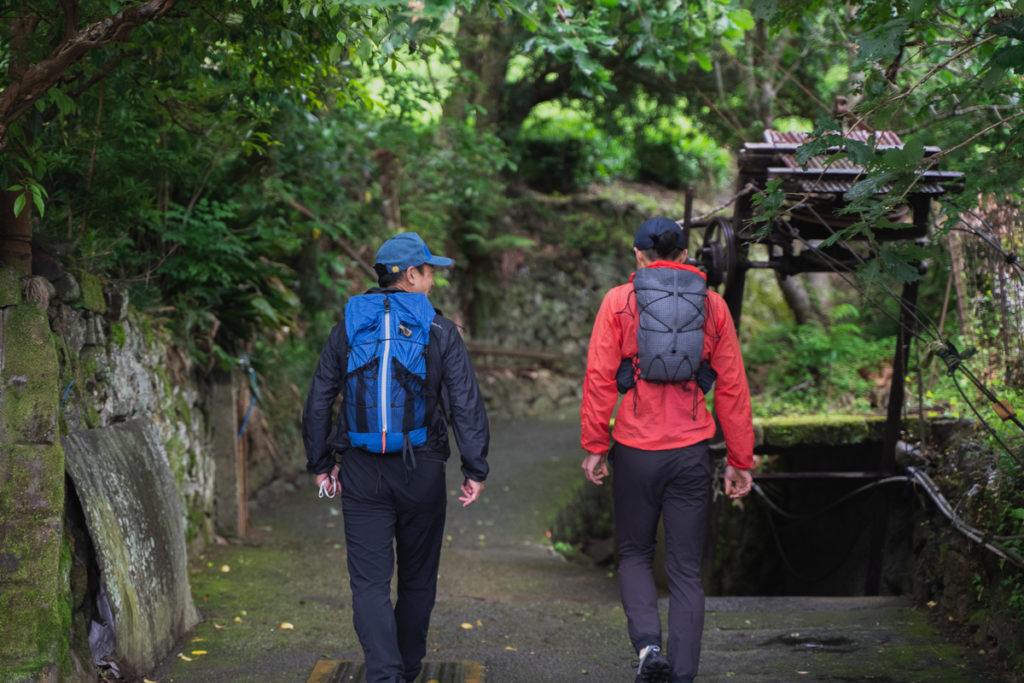
The first 40 minutes or so from the trailhead to Chousen Rock included many steep climbs, with Mochizuki remarking, “this is the most difficult part of the trail”. As the rain came and went, the green grass and leaves became damp and took on a different shade compared to sunny days. When you reach Chousen Rock, the view opens up and you can see from the Abekawa River to Shizuoka City and Nihondaira. The view of the tiny bullet train in the far-off distance looks like a model train.
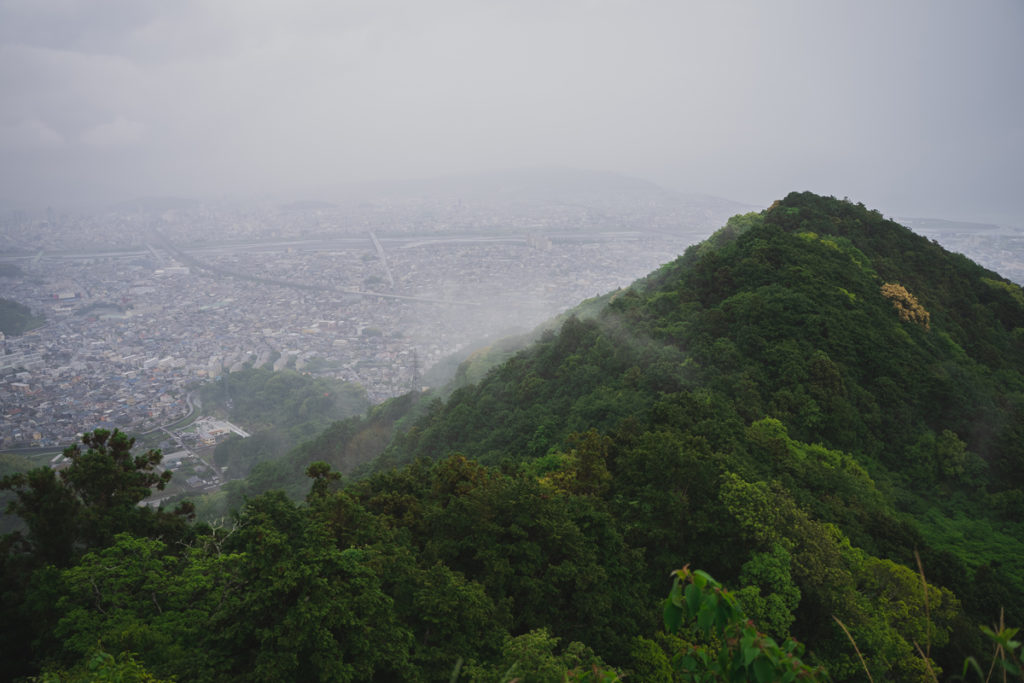
There are several paths leading to the summit, but this time we took the traverse path that winds around the mountainside. “You can get to the top by any of the traverse paths. It’s up to you to decide whether you want to take a detour or a shortcut. Each has its own advantages,” Mochizuki said.
We didn’t see any other hikers on the way up, but when we reached the summit, several groups were already sitting down and relaxing. The fact that there were people who were willing to brave a little rain was a testament to the familiarity that the local people have with this area.
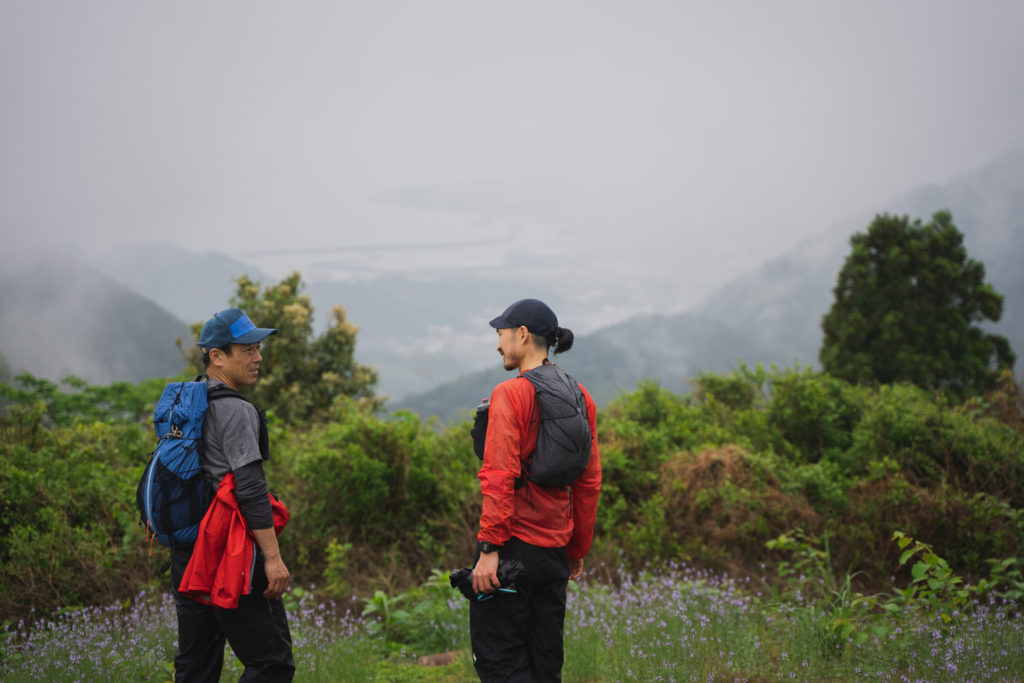
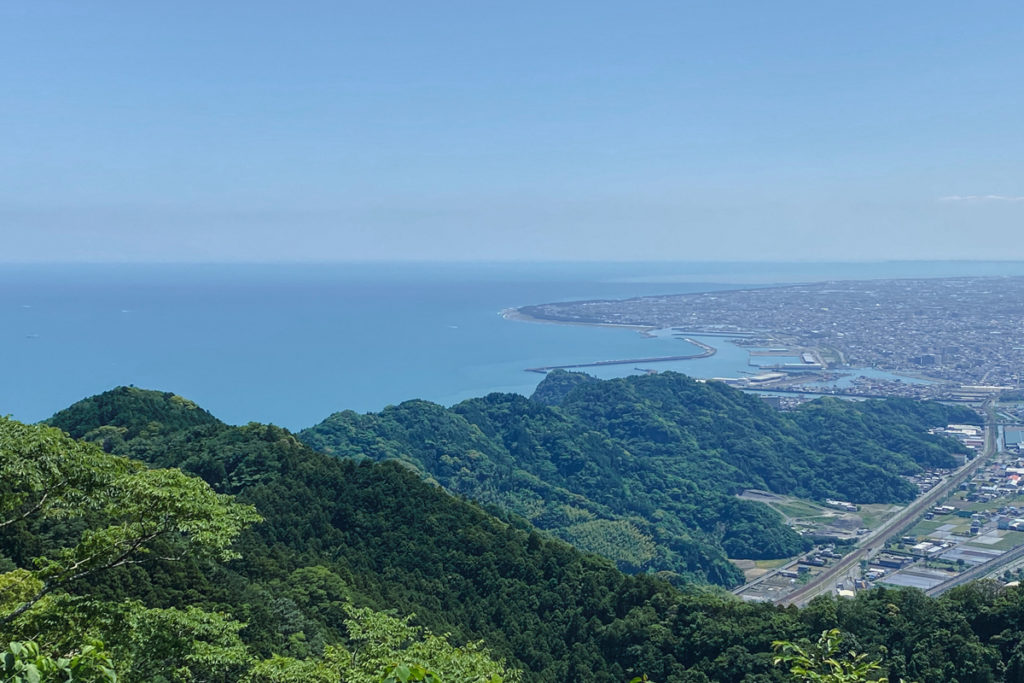
In addition to mountain climbing and trail running, Mochizuki is a member of the Shizuoka City Fire Department’s mountain rescue team, but even so, he says there is a depth to the mountains around Shizuoka City that he won’t ever fully understand.
“I can’t compete with people who have been in the mountains for decades. Also, the paths and the flow of water in the mountains change from year to year. In a way, that’s what makes it interesting,” says Mochizuki.
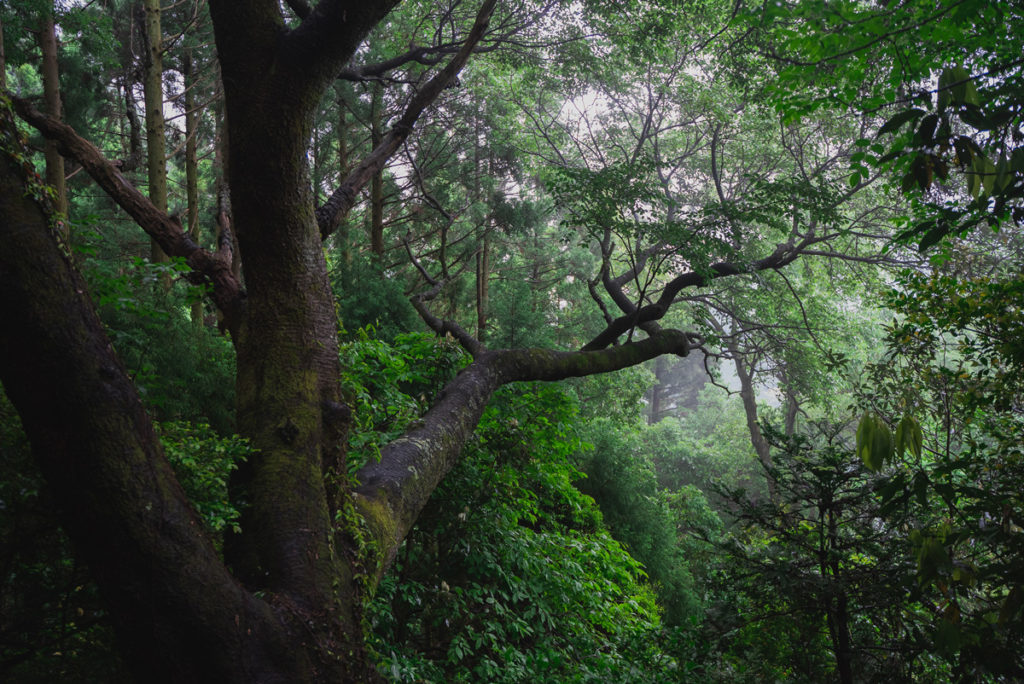
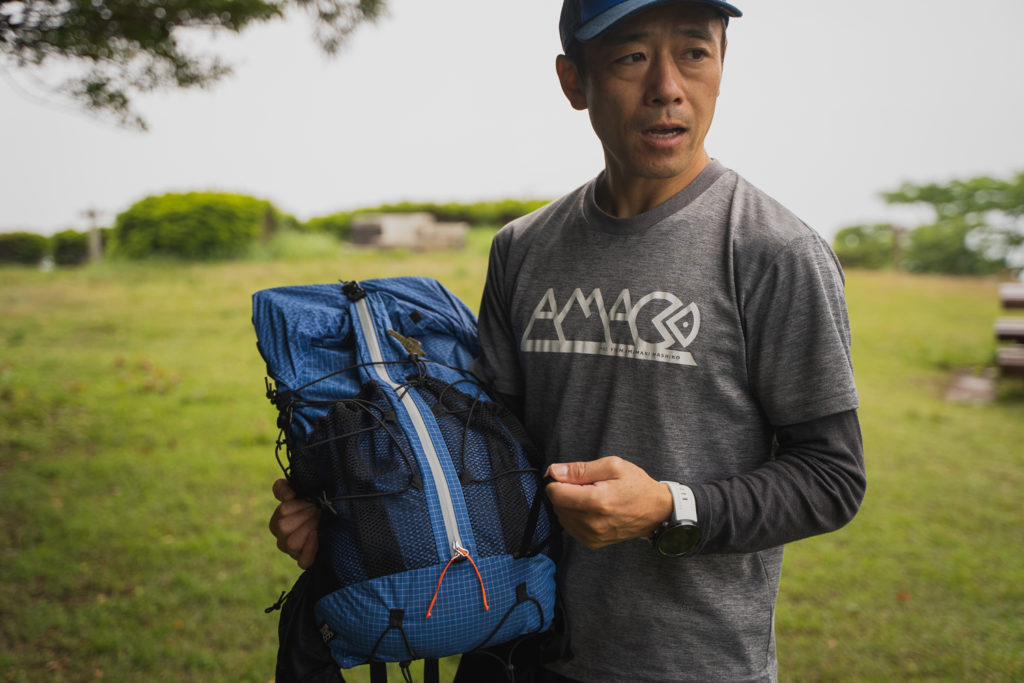
The descent took about an hour. At the goal, Hanazawa no Sato, we enjoyed cake and tea at the nearby cafe, Country Oven. We parted ways with Mochizuki and went to the blooper backpacks workshop in Kawane-honcho, Haibara-gun, in the central part of Shizuoka Prefecture. Kawane is a tea-growing region with many tea plantations and Oigawa railway’s steam locomotive runs nearby.
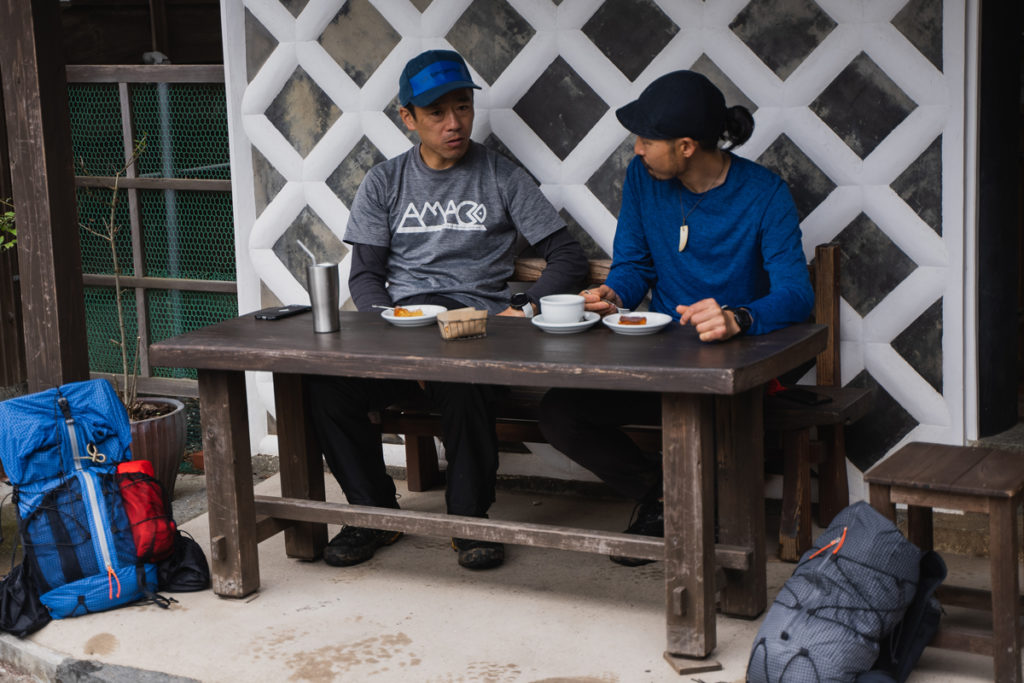
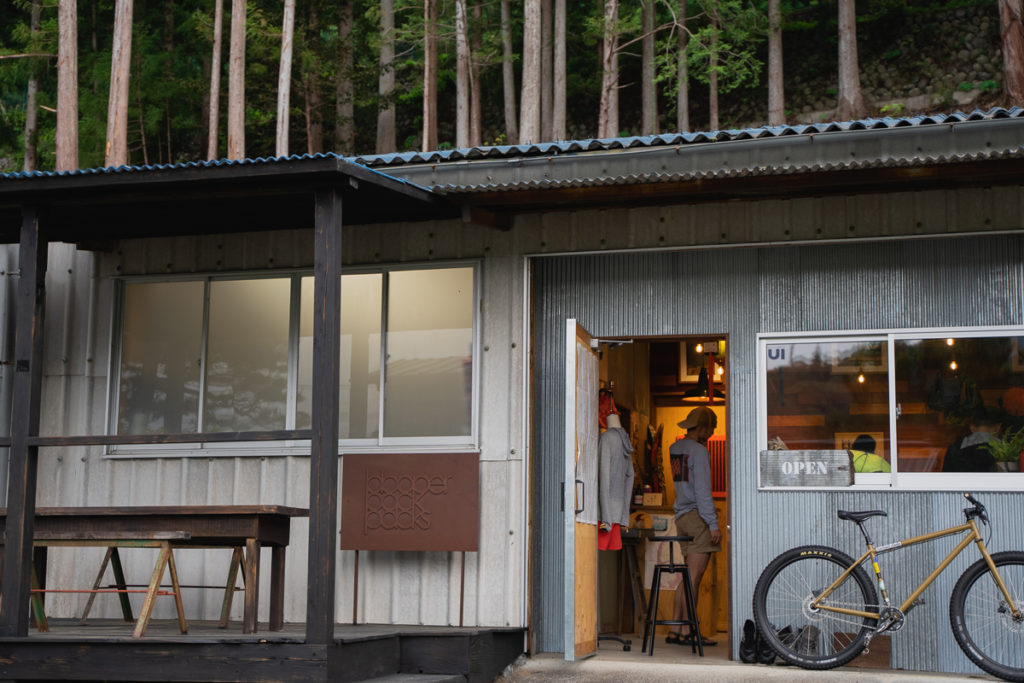
“I like the Southern Alps of Japan. I also do fly fishing, so the Oigawa River is my go-to river. I opened a workshop in Kawane four years ago because I wanted to make a base along that river basin. There are mountains and rivers, and I feel there’s potential tocreate a space to enjoy outdoor activities,” says Ueda.
Orders for backpacks can be placed online, but there are some colors and customizations that are only available at the workshop, leading to many visitors from other parts of Japan traveling to place their orders in person. In setting up his workshop here, one of Ueda’s goals is to allow people to experience and appreciate the nature and mountains around Kawane.
“Compared to the Yamanashi side of the Southern Alps, which are easily accessible from the Kanto region, the mountains on the Shizuoka side are not as well-known, so there are fewer visitors here. I’d be happy if people visit once, fall in love with the mountains, and come back again and again.”
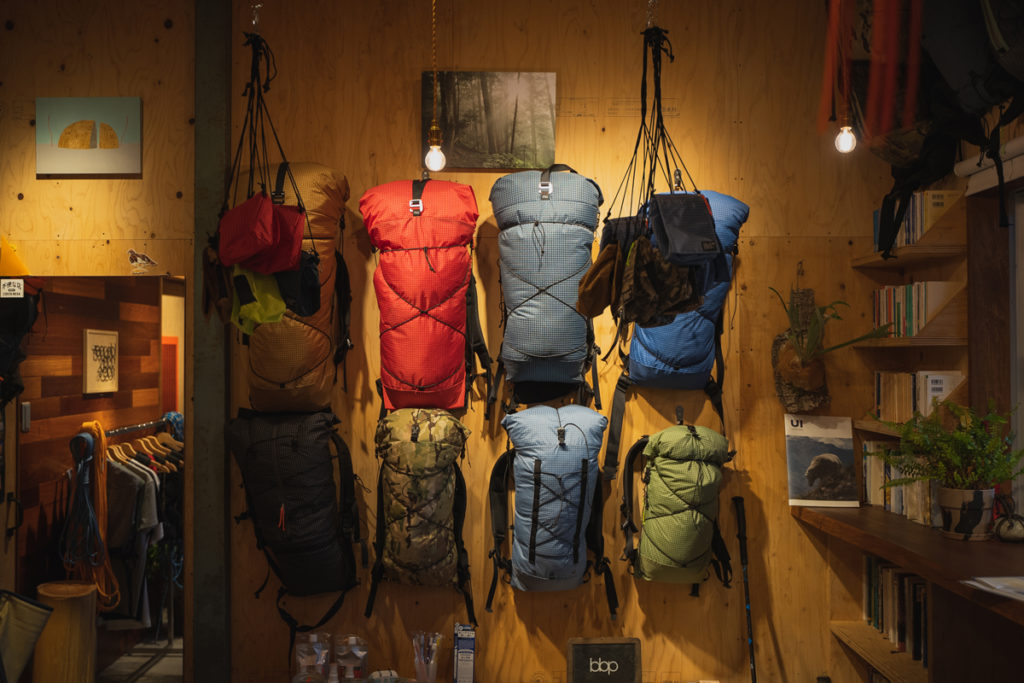
When taking orders, Ueda says, “I’m happy when people tell me what they want to do with the product, rather than simply telling me what they want; it makes it all the more worthwhile. Before thinking about the capacity or the size and number of pockets, I want people to consider how they will use their backpack. For example, do you plan to spend a week in the mountains doing lots of outdoor activities? Or would you rather spend a day trip enjoying the mountains with a backpack full of food? I hope that the backpack will make a useful starting point for people to think about the key aspects of why they want to go into the mountains.”
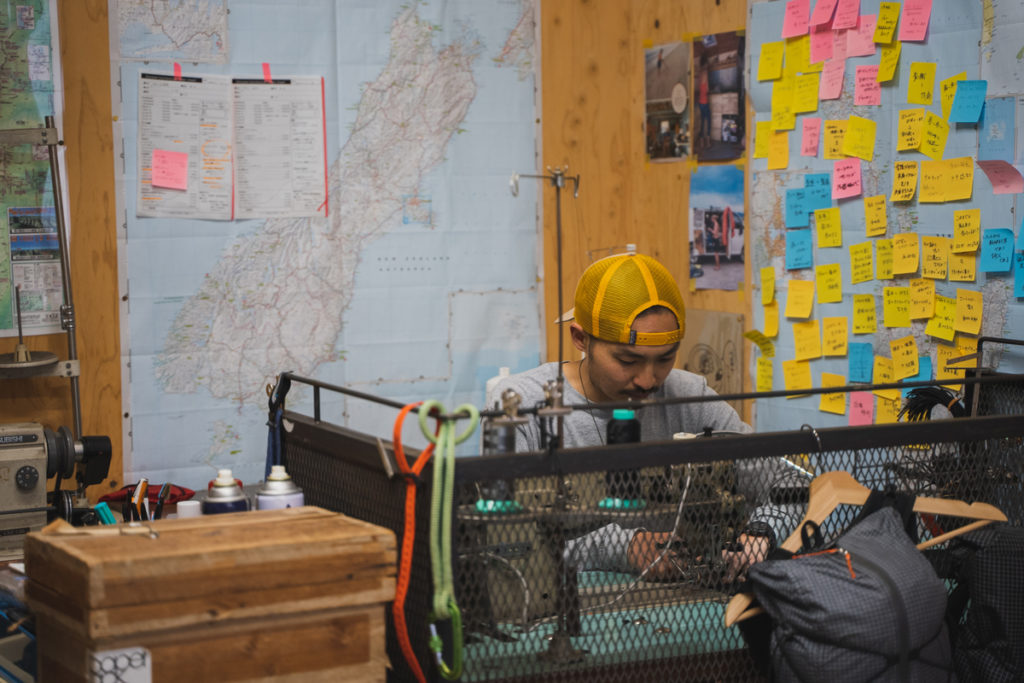
“Five years ago, Shogo (Mochizuki) completed a 235 km round trip around the border of Shizuoka City in five days. Although it was within Shizuoka City, it was a great adventure. It doesn’t matter whether the mountain is high or low, you can challenge yourself at any level,” he said.
Shizuoka offers a wide range of outdoor spaces where you can enjoy nature in a way that suits you.
丸子富士・満観峰 / PAPERSKY さんの丸子富士の活動データ | YAMAP / ヤマップ
Shogo Mochizuki
Mountain runner. Born in Shizuoka City, Shizuoka Prefecture. He also serves as a mountain rescue team member for the Shizuoka City Fire Department. He won the Trans Japan Alps Race, a 415 km race from Toyama Bay, located by the Sea of Japan, over the Japanese Alps to Suruga Bay, by the Pacific Ocean in eight days. He completed the race and has won the competition four years in a row from 2010 to 2016. In 2018 he challenged himself further by completing the race carrying all his own food and supplies with him.
Toru Ueda(blooper backpacks)
Born in Fujieda City, Shizuoka Prefecture. While traveling and exploring the outdoors, he began to think about the functions and design of good backpacks. He started making his own backpacks in search of gear that would satisfy and be highly functional. With a focus on completely custom-made products, he is highly skilled in listening to customer’s requests and shaping them into real-life products.











